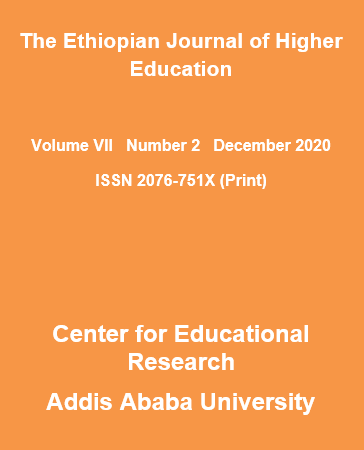Lived Experiences of Social Inclusion and Exclusion of Visually Impaired Students at Two Public University Campuses and Classrooms in Ethiopia
DOI:
https://doi.org/10.63990/ejhe.v7i2.12049Abstract
The main purpose of this study was to explore the lived experiences of social inclusion and exclusion among visually impaired students enrolled at regular undergraduate programs at Addis Ababa and Debre Berhan Universities. A descriptive phenomenological study design with a qualitative research approach was employed. To collect data for the inquiry, we utilized a one-on-one semi-structured interview guide with 8 participants (4 males and 4 females from 20-23 years of age) who were selected using purposive sampling technique. The interview data were analyzed thematically based on the framework of descriptive phenomenological research as provided by P. Colaizzi. Findings reveal that visually impaired students were experiencing both social inclusion and exclusion in the same classroom settings and campuses. To this end, the article concluded that social exclusion is still a threat to visually impaired students in the universities selected for this study. Most of all, two points were drawn from the study: (a) Though physically placed together with fully sighted peers, visually impaired students are encountering moments of both inclusion and exclusion in the same classrooms and campus, (b) Classrooms and campuses where they pursue their education are not social exclusion-free environments. To alleviate these problems, awareness creation, inclusive teaching strategies training for teachers, and creating an accessibility policy are important in addressing social exclusion and thereby building on the existing social inclusionary practices in higher education classrooms and campuses.

